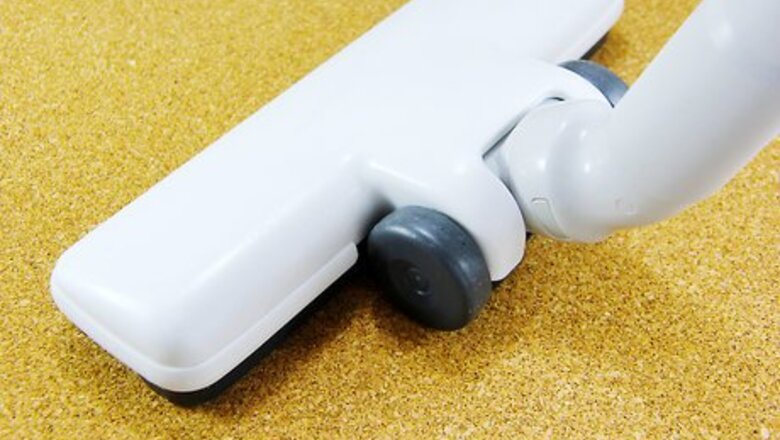
views
Washing Cork Floors
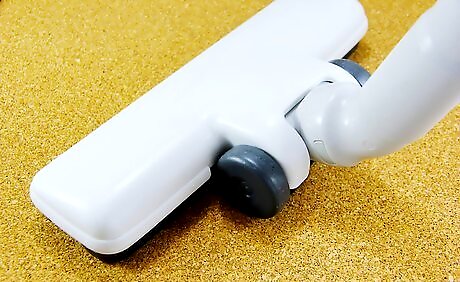
Vacuum cork floors. Vacuum or sweep your cork floors. Do this to remove any obvious layers of dirt or dust. That dirt can scratch the floor over time. Use a soft-bristled broom or a low setting on your vacuum.
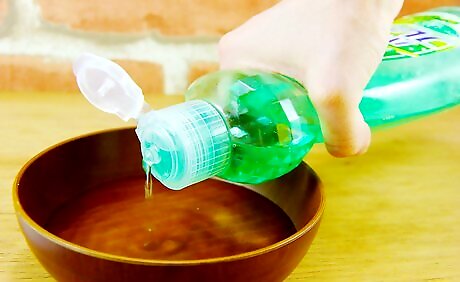
Prepare a cleaning solution with soap, vinegar, and water. Combine a drop of mild dish soap with ¼ cup (60 mL) white vinegar and 1 quart (.946 L) of warm water. Put the solution in a spray bottle to apply it most easily to any surface. Mix it gently by rocking it back and forth or stirring gently. Don't shake it or you'll create unwanted suds. Don't worry if you add a little extra soap. You can also use a combination of liquid soap and water. Try combining 5 drops of soap to every quart (.946 L) of water.
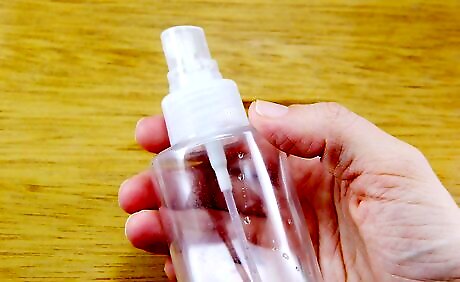
Use store-bought cleaners. Try using a gently abrasive cleaning solution. Watch out for cleansers that contain bleach. These can discolor your cork. Also avoid acidic cleansers that might damage your cork. Don't use products like a Swiffer on your cork floors, as they can leave streaks.
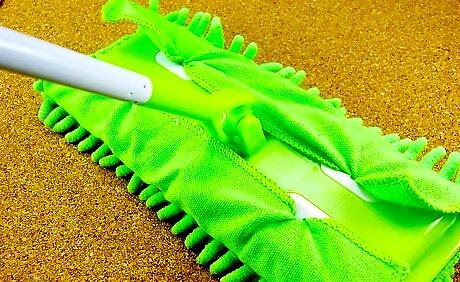
Mop cork floors. Use a soft mop to wash the floor with store-bought cleansers, soap and water, or your solution of water, vinegar, and soap. Rinse off the cleaning solution or you might see streaks or a soapy film when the floor is dry. Allow the floor to air dry or dry it with a soft rag. Wring out any extra water when you begin mopping to avoid over-saturating the floor. This extra water could damage the cork.
Scrub your floors by hand twice a year for a deep cleaning. Apply a small amount of Murphy Oil Soap to a microfiber cloth. Start in the back corner of the room, then use your cloth to scrub the cork. Slowly work your way across the room until the entire floor is clean. Although hand scrubbing your floor is optional, it will help you maintain your floors and keep them clean.
Avoid using a steam mop to clean cork floors. Steam mops use a lot of water as they clean the floor, which can damage cork flooring. The steam may damage the finish on your floor or the cork itself. It's best to avoid using this type of cleaner on your floors.
Cleaning Smaller Cork Objects
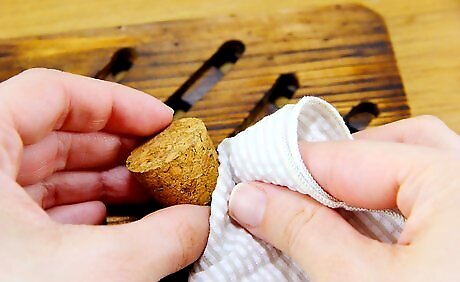
Wipe away dirt with water. Get a rag or soft cloth damp with warm water. Use the damp rag or cloth to wipe down the cork. Try to loosen any dirt while you wet the cork.
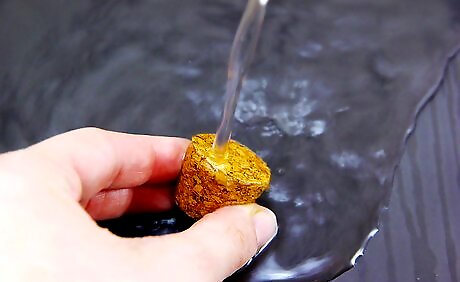
Put your cork under running water. Wash your cork directly under the faucet tap. Do this for cork that you are prepared to get fully wet, like a fishing rod grip. Don't leave standing water on cork floors. Also don't submerge shoes with cork uppers or heels under water. This could ruin any leather or suede on the shoes.
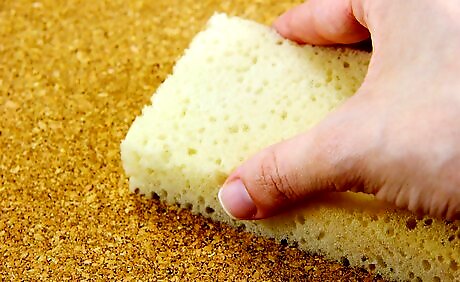
Wash other kinds of cork with a cleaning solution. Use a damp sponge, gently scrub a soapy cleaning solution into your cork. Rub in circles and clean the entire surface. Rinse the cleaning solution off of the cork. Finally, dry it with a clean, soft rag or allow the cork to air dry overnight before using. Clean smaller cork items with mild detergent and water, the vinegar, soap, and water cleaning solution above, or store-bought cleaners.
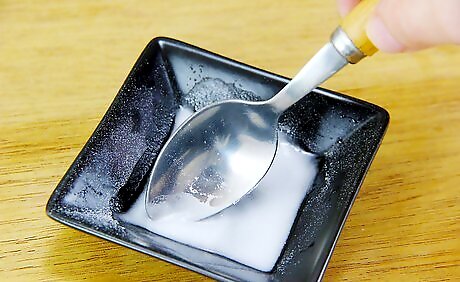
Make a paste with Borax. Make a paste with Borax to remove tough, ground-in dirt. Combine water with Borax in a shallow bowl. Start with about ¼ cup (60 mL) Borax and add just enough drops of water to make a thick paste.
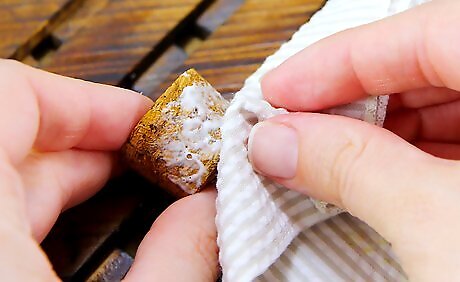
Scrub the cork with Borax paste. Rub the Borax paste into your cork with a soft, damp brush -- even a toothbrush will do. Scrub the entire surface of the cork with the paste. Rinse the paste off well. Use a rag to dry the cork. Repeat the scrubbing process and leave the paste on the cork. Let the paste dry on the cork overnight. Wipe off the dried paste with a rag.
Maintaining Your Cork
Wipe up spills as soon as they occur. Use a paper towel or a clean cloth to soak up the spill and prevent it from soaking into the floor. Don't allow liquids to sit on your floor, as they may cause damage. Even though your floor has a seal, it's best to not have spills sitting on the surface.
Place trays or mats under your plants or pet bowls for floor protection. Plants normally have drainage at the bottom, and water can spill out of your plant pots or pet bowls. This can potentially damage your cork floors, especially if it pools under the pot or bowl where you don't see it. Using a tray or floor mat can protect your flooring.
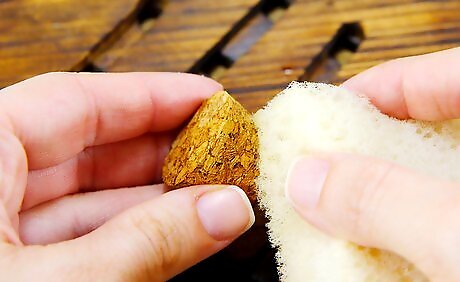
Disinfect with hydrogen peroxide. If you have cork that you want to disinfect -- for example, old wine bottle stoppers or communal yoga mats and blocks -- apply a thin coating of hydrogen peroxide to the cork with a damp sponge. Rub the sponge over the cork. Allow it to air dry completely before using. Don't dilute the hydrogen peroxide. You do not need to rinse the hydrogen peroxide off the cork.
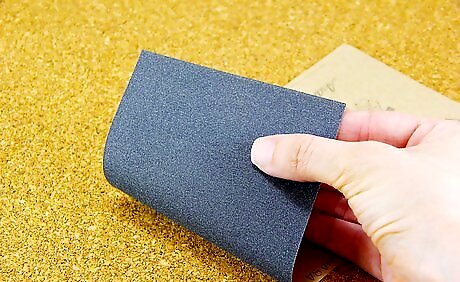
Sand the cork once or twice a year. You can sand any item made of cork, even floors. Very gently rub the cork with sandpaper that has fine or extra fine grit. Only sand in one direction and avoid sanding in circles. Doing this will remove any layers of dirt, but it will also remove the top layer of cork. Accordingly, limit the number of times you sand your cork each year.
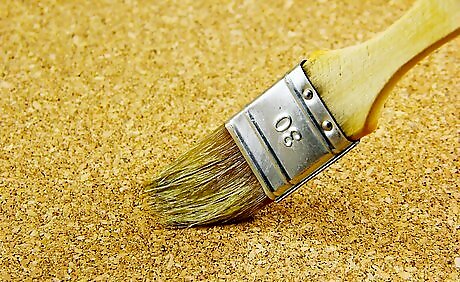
Protect with cork sealant. Use a commercial sealant to protect cork shoes, floors, and fishing rod grips. Consult with a flooring professional or manufacturer to determine the best sealant for your cork floors. For other products, try using sealants manufactured for cork shoes. Use the sealant to keep your cork clean and prevent it from deteriorating over time.



















Comments
0 comment